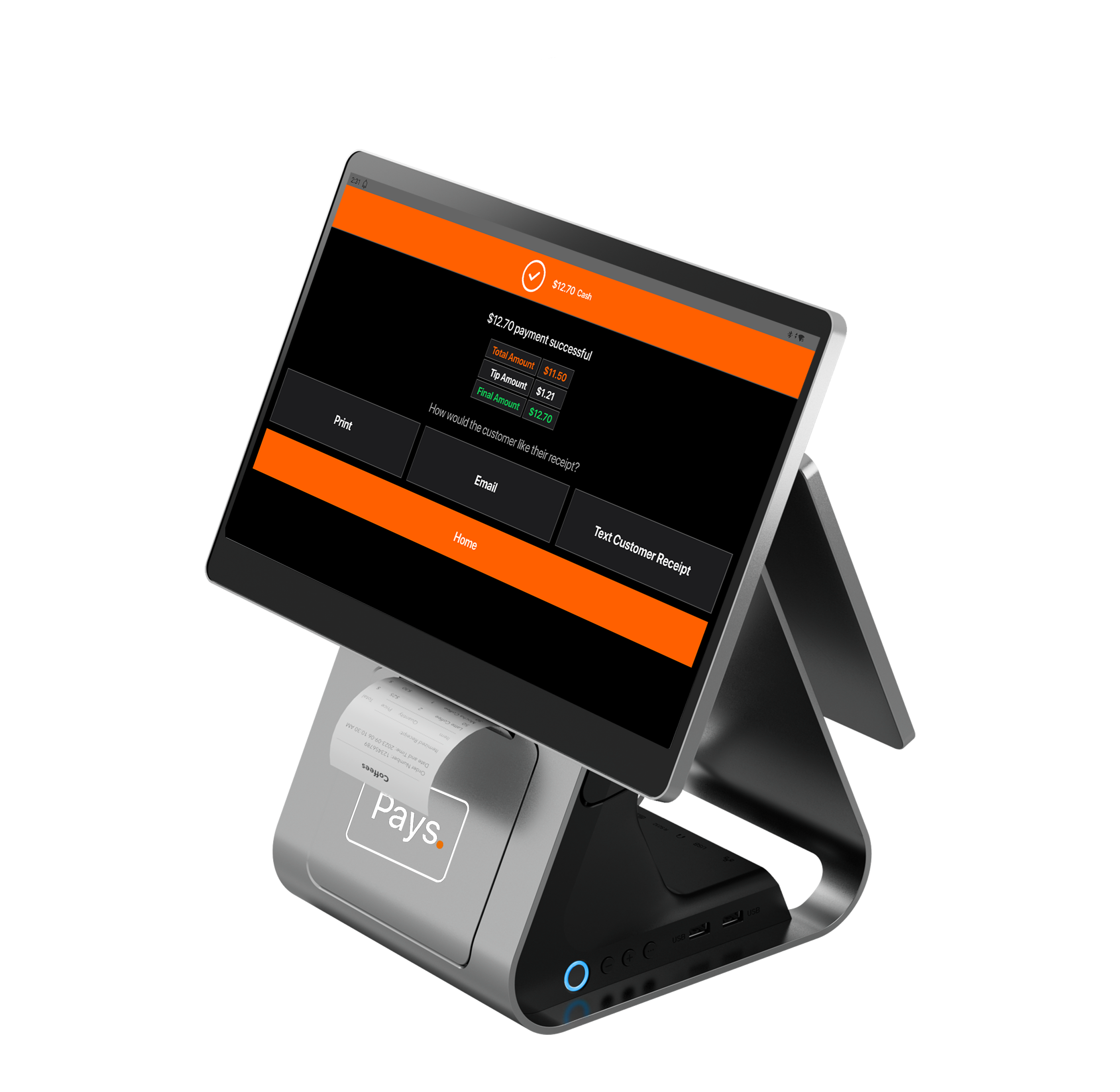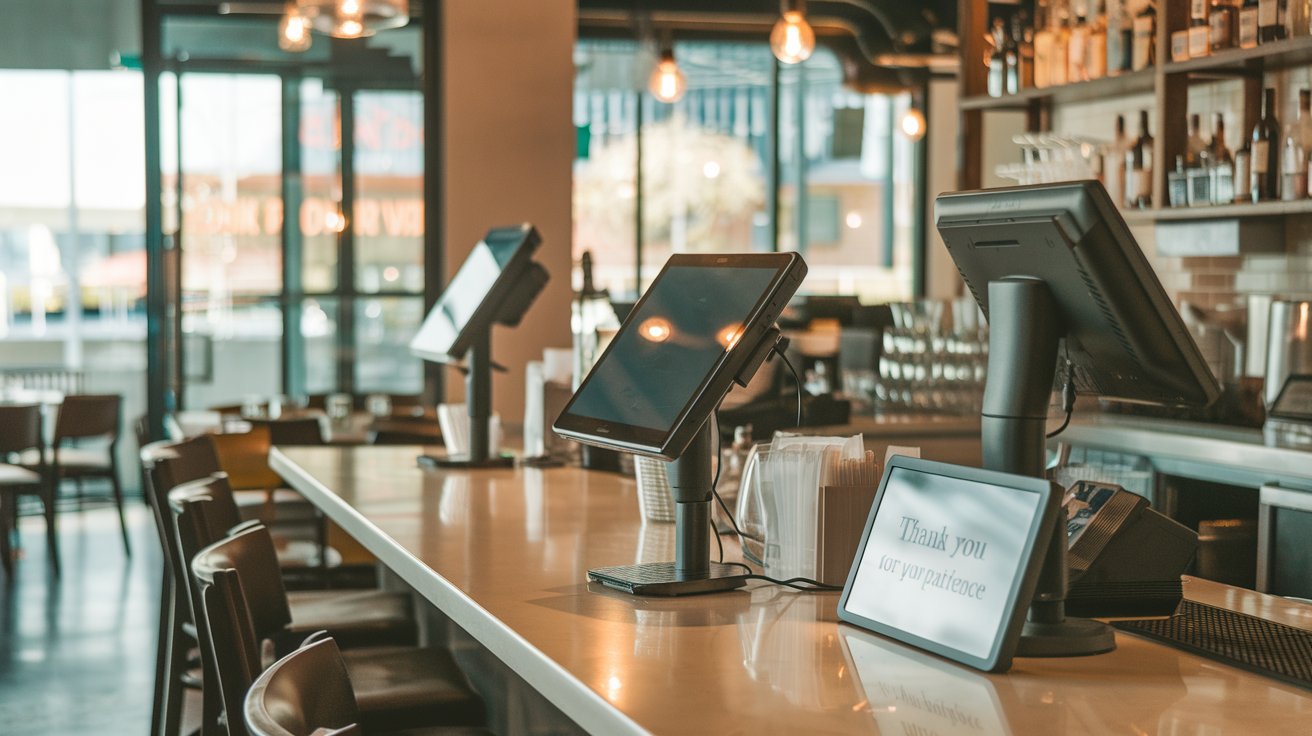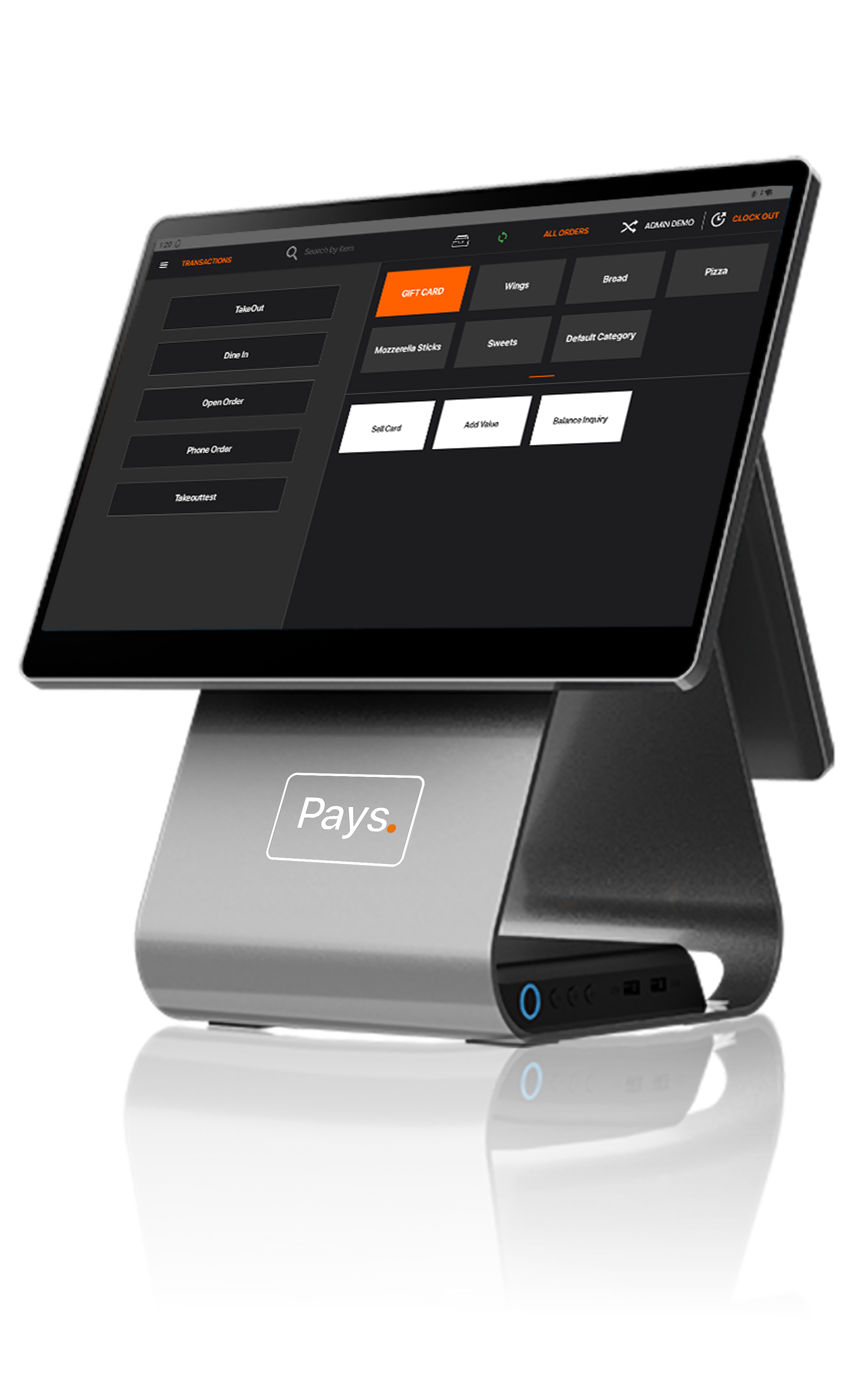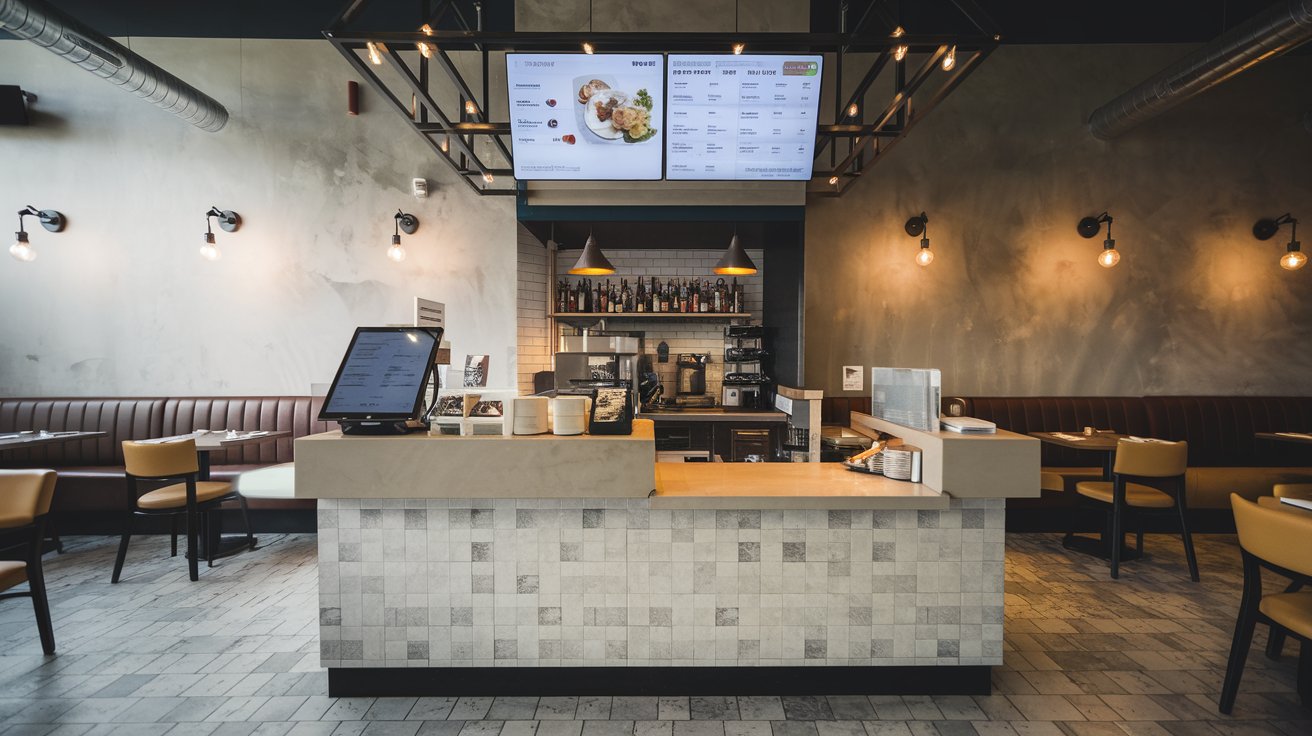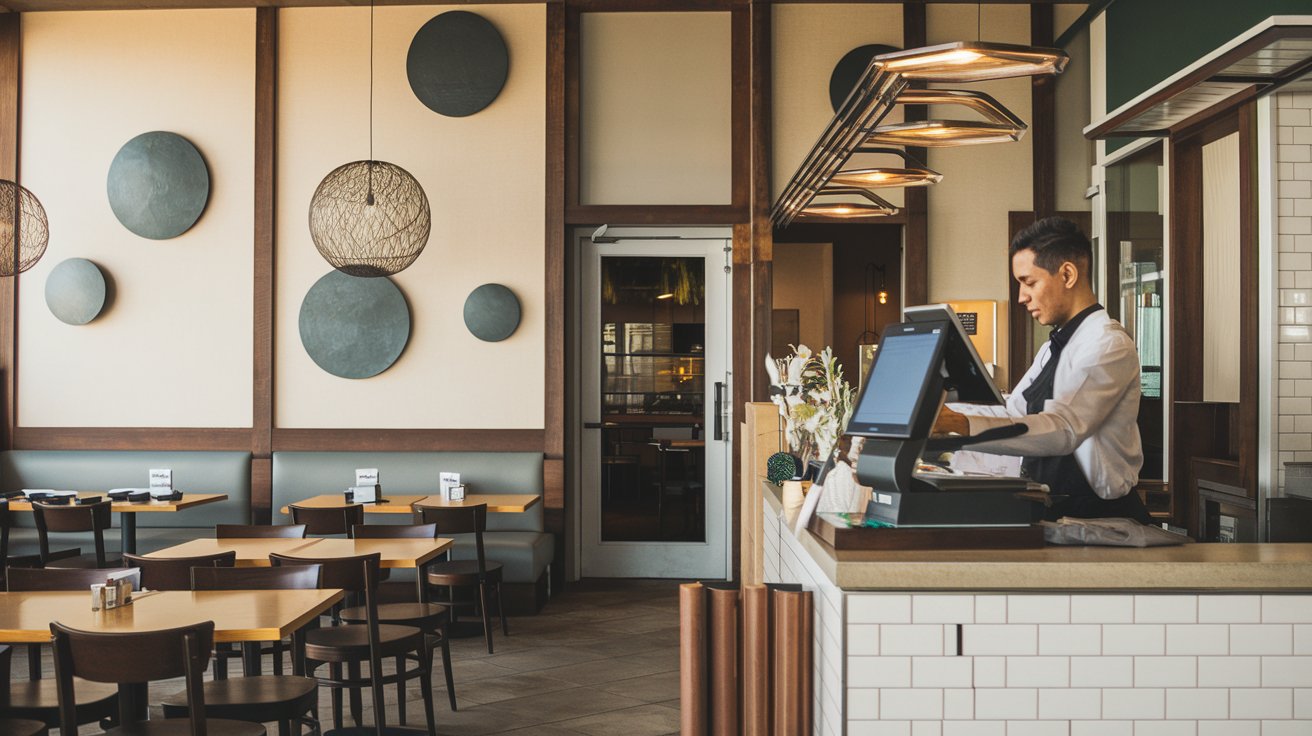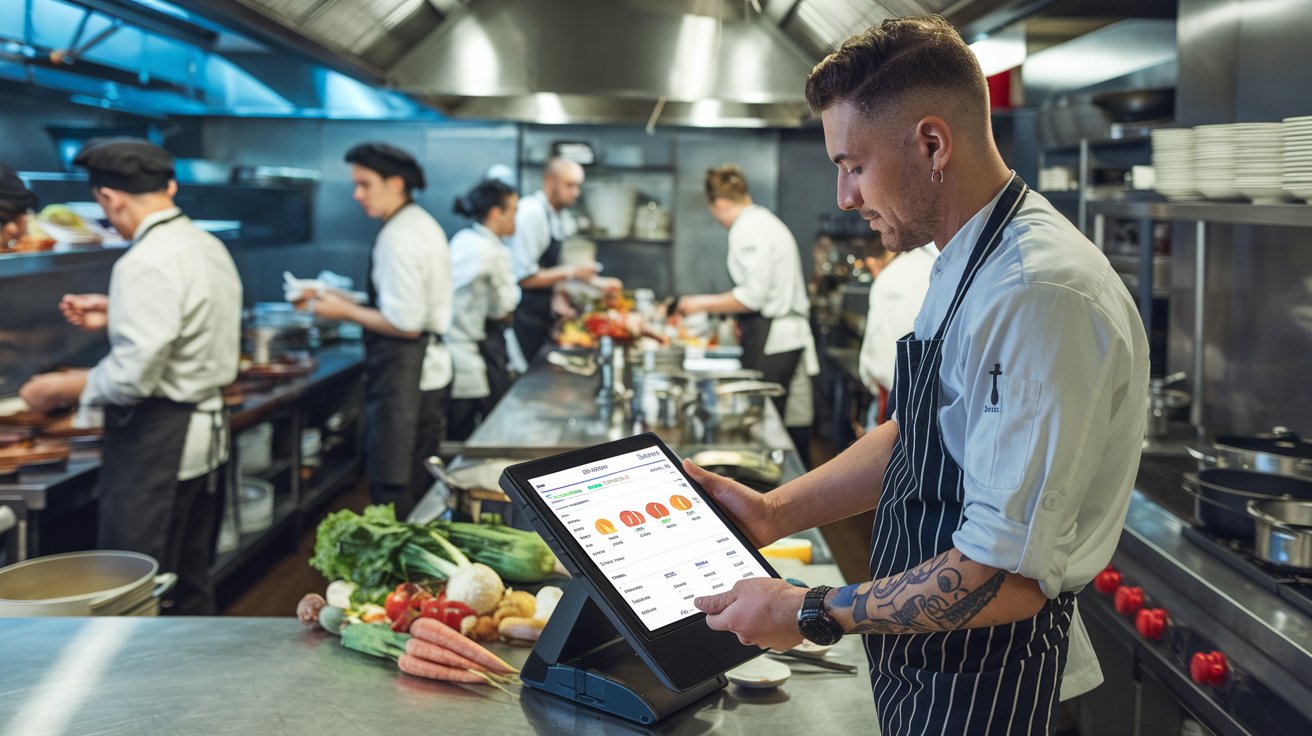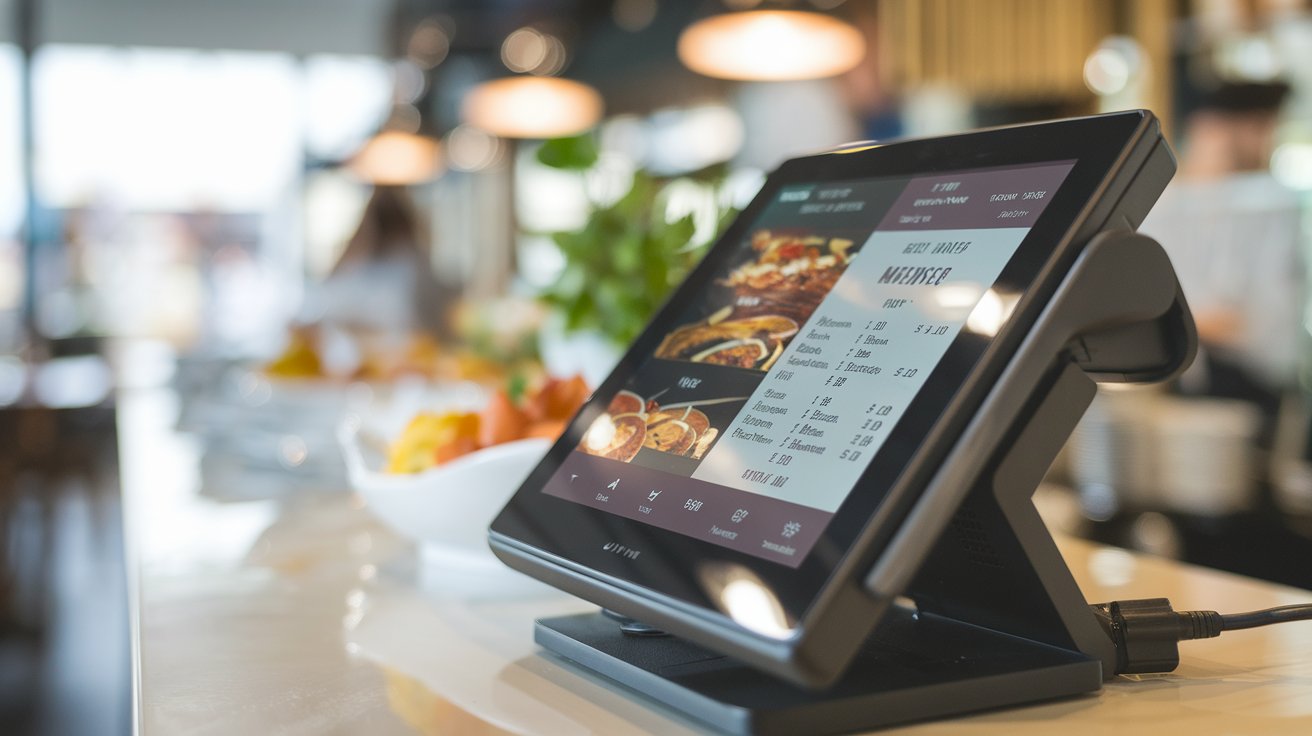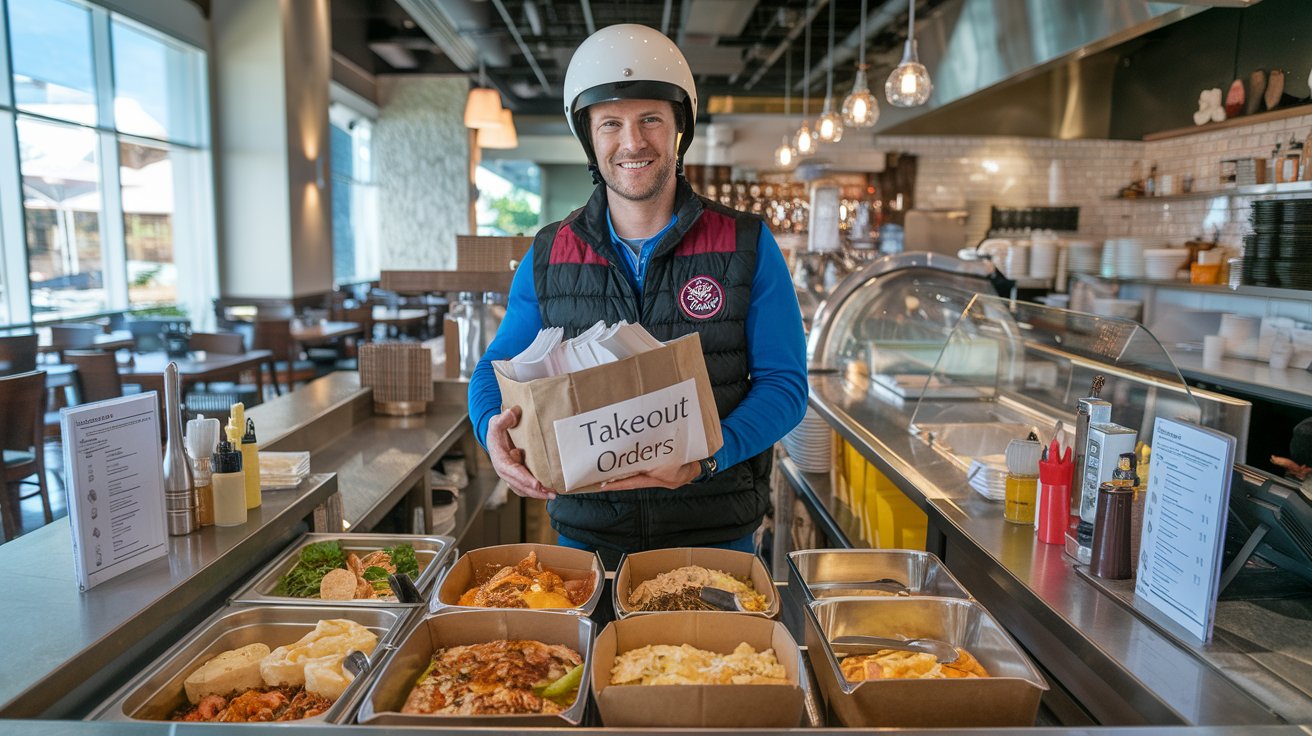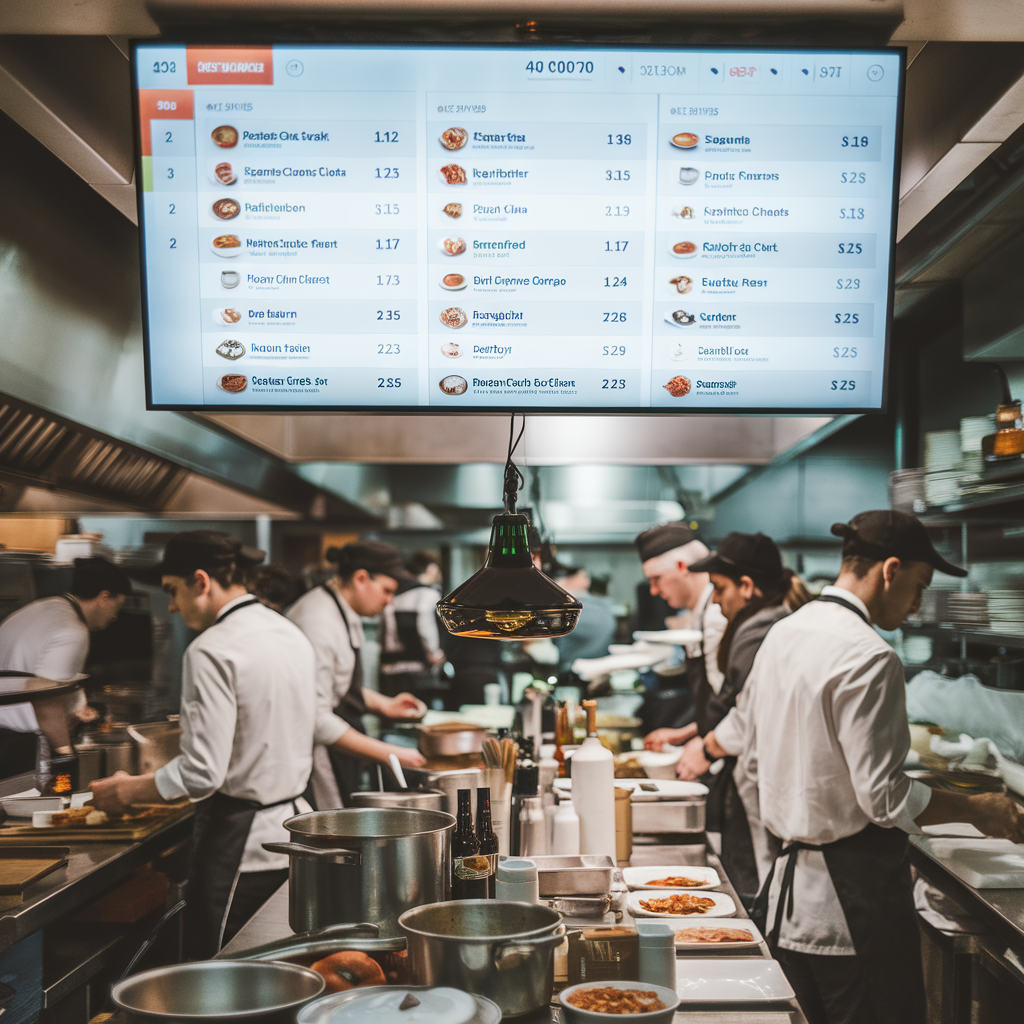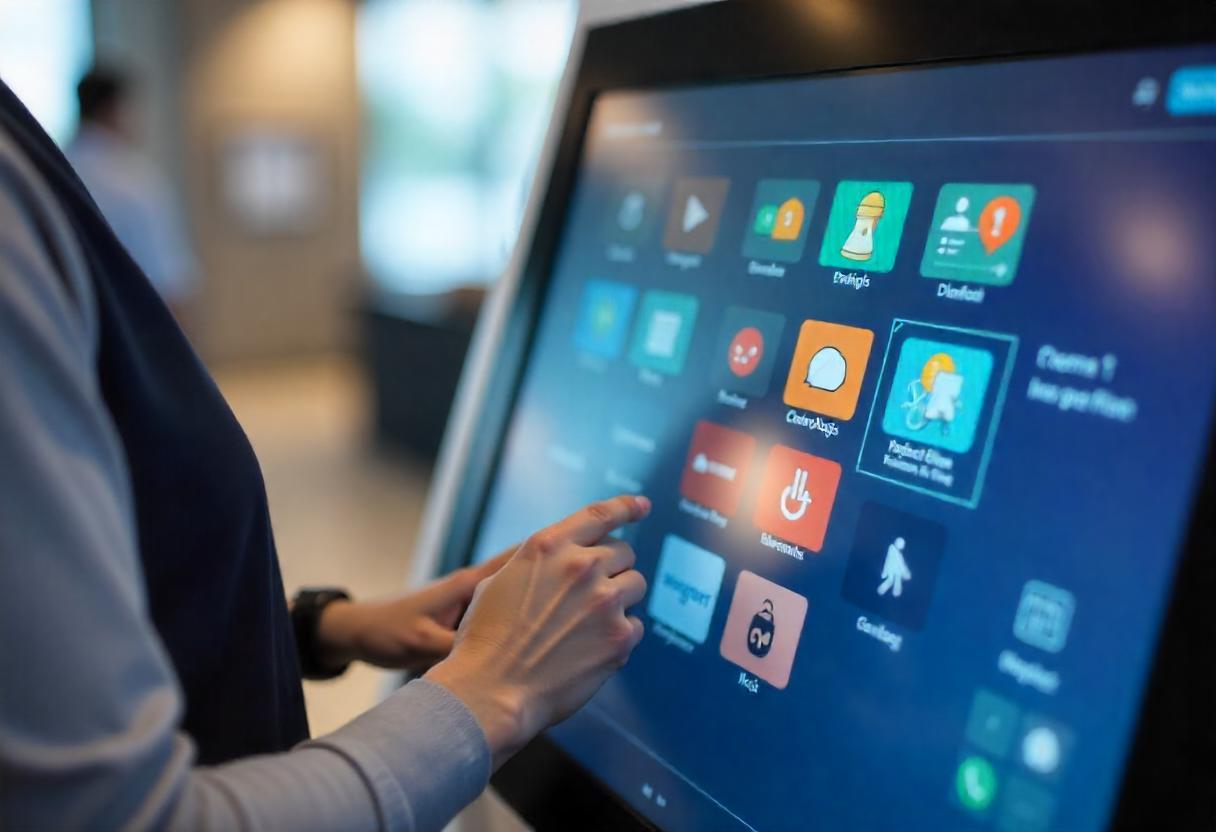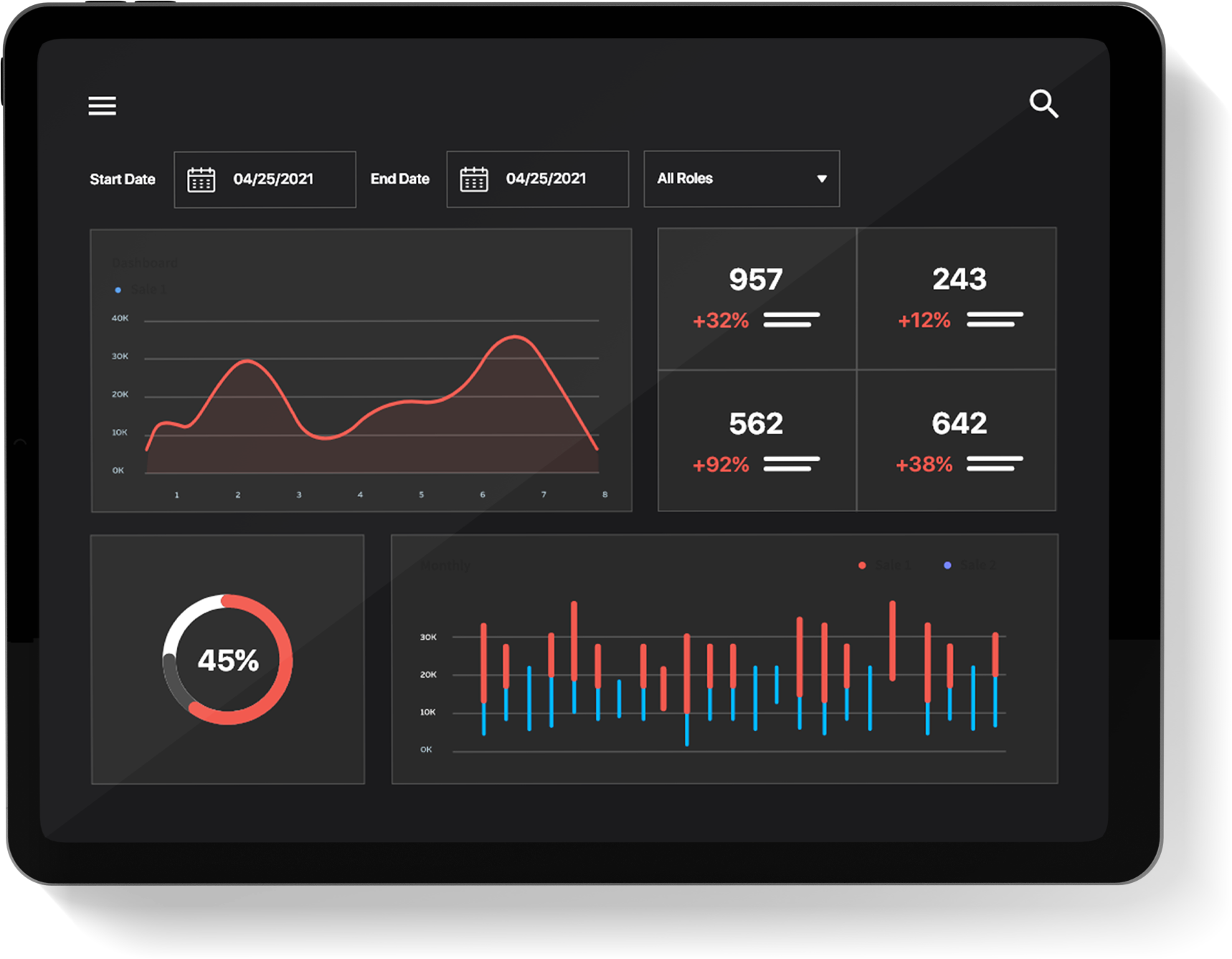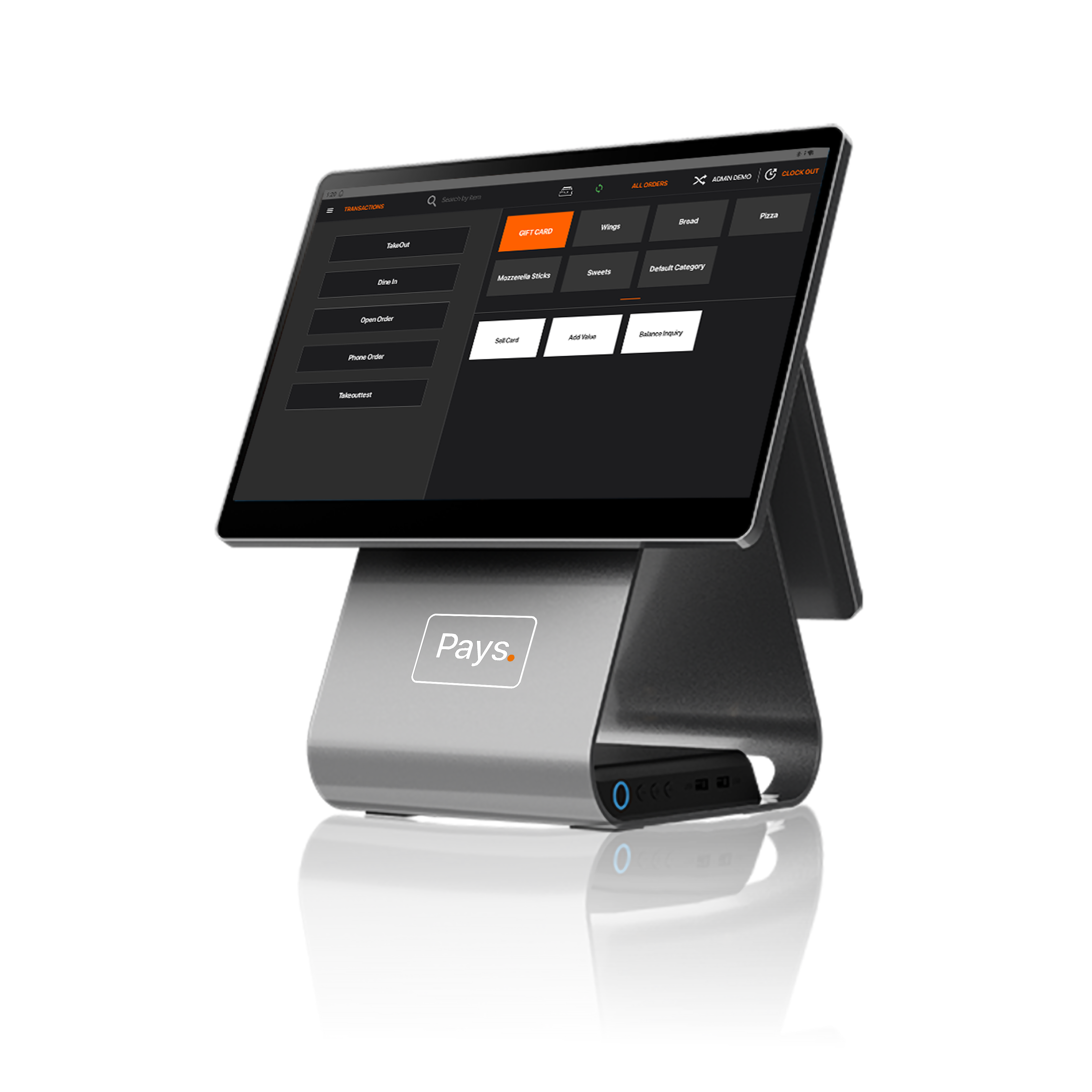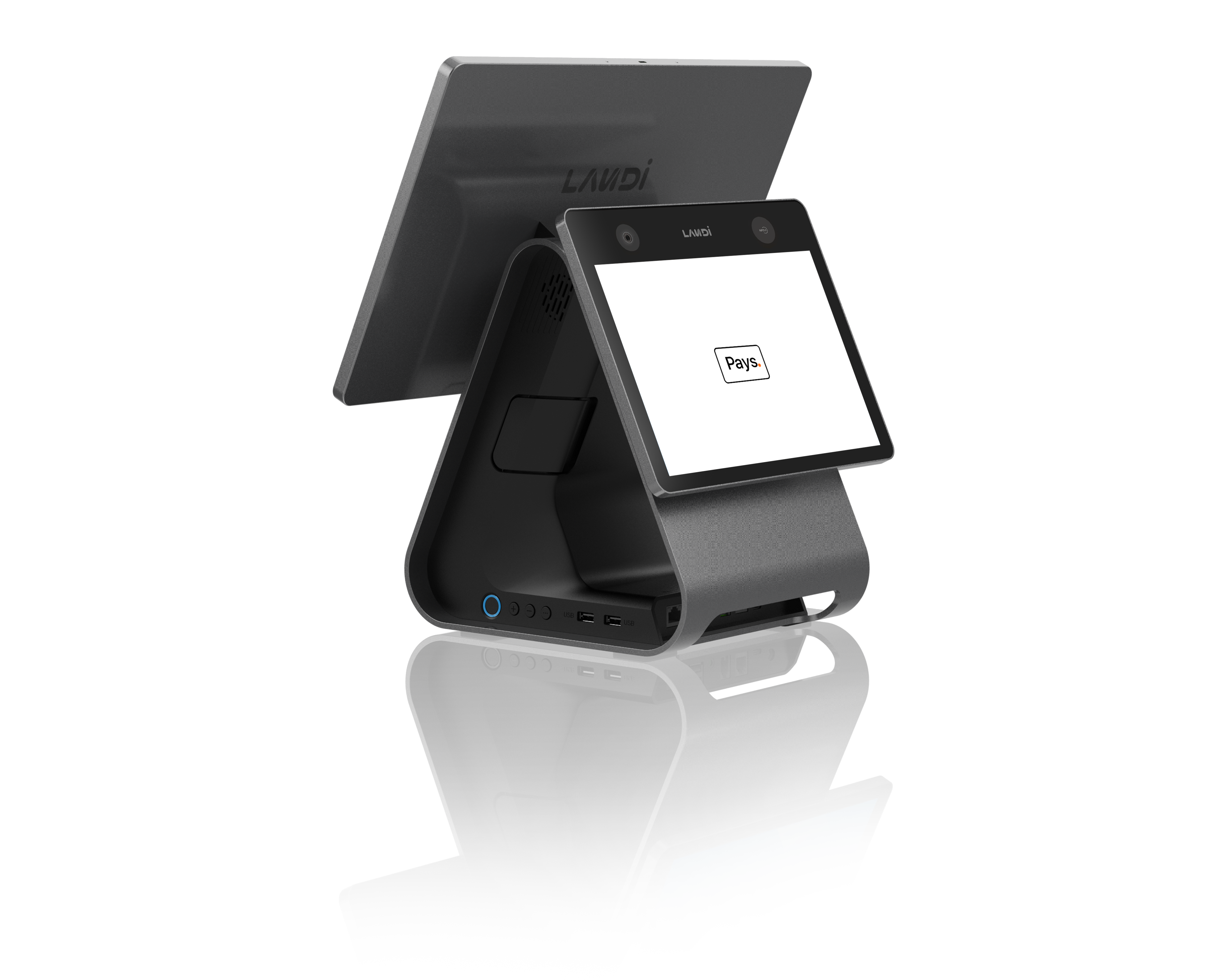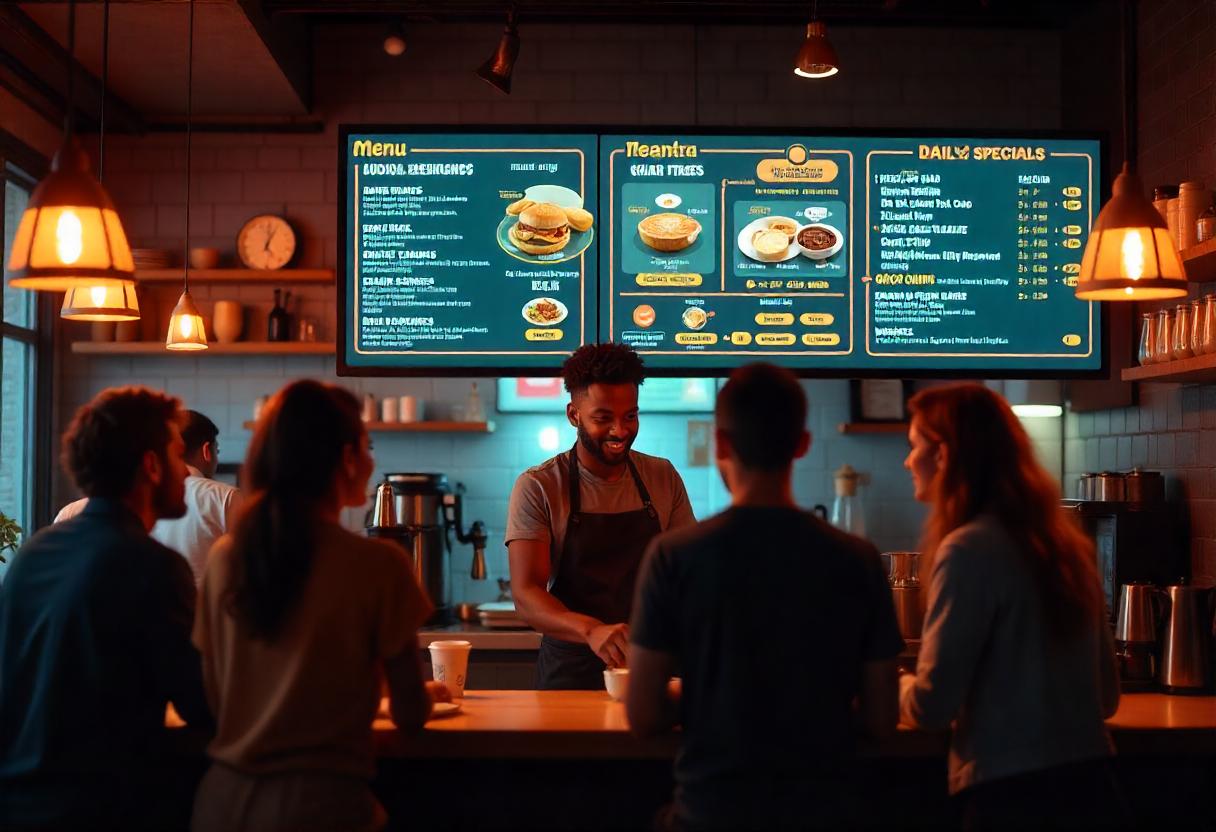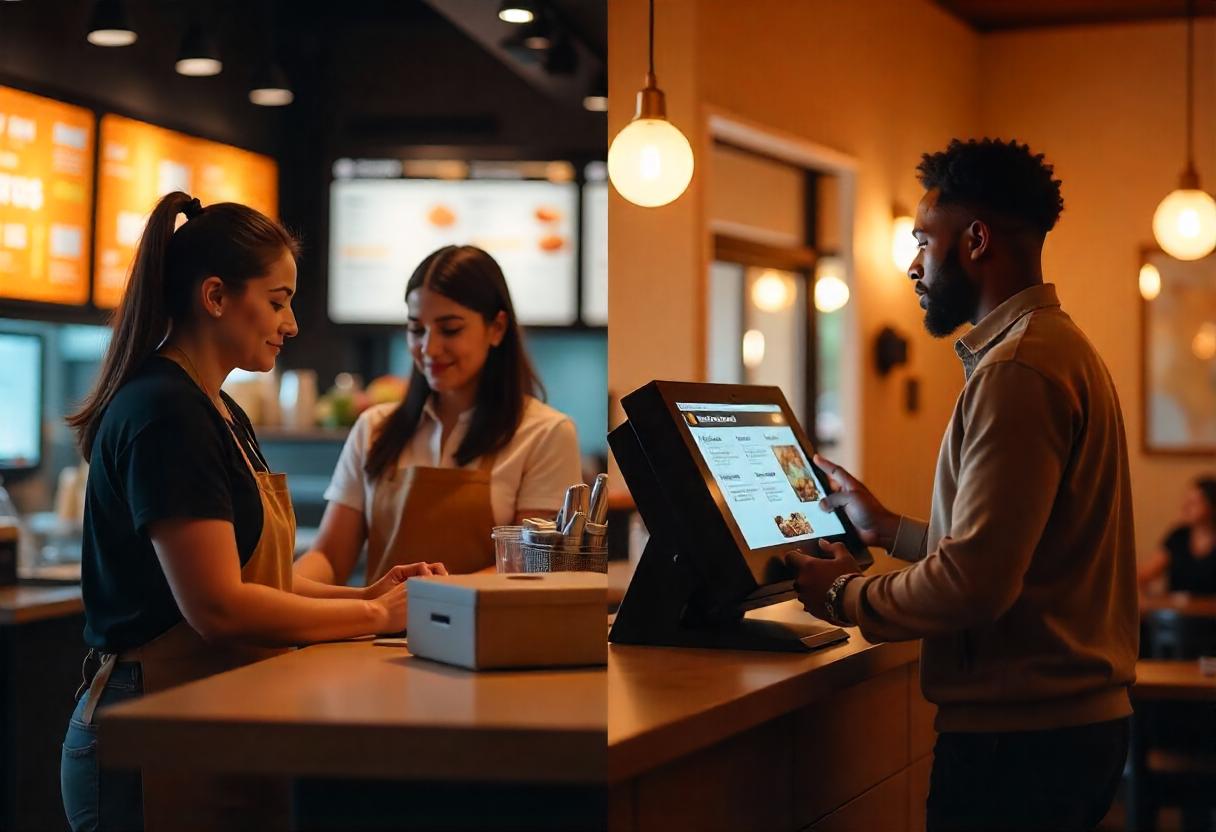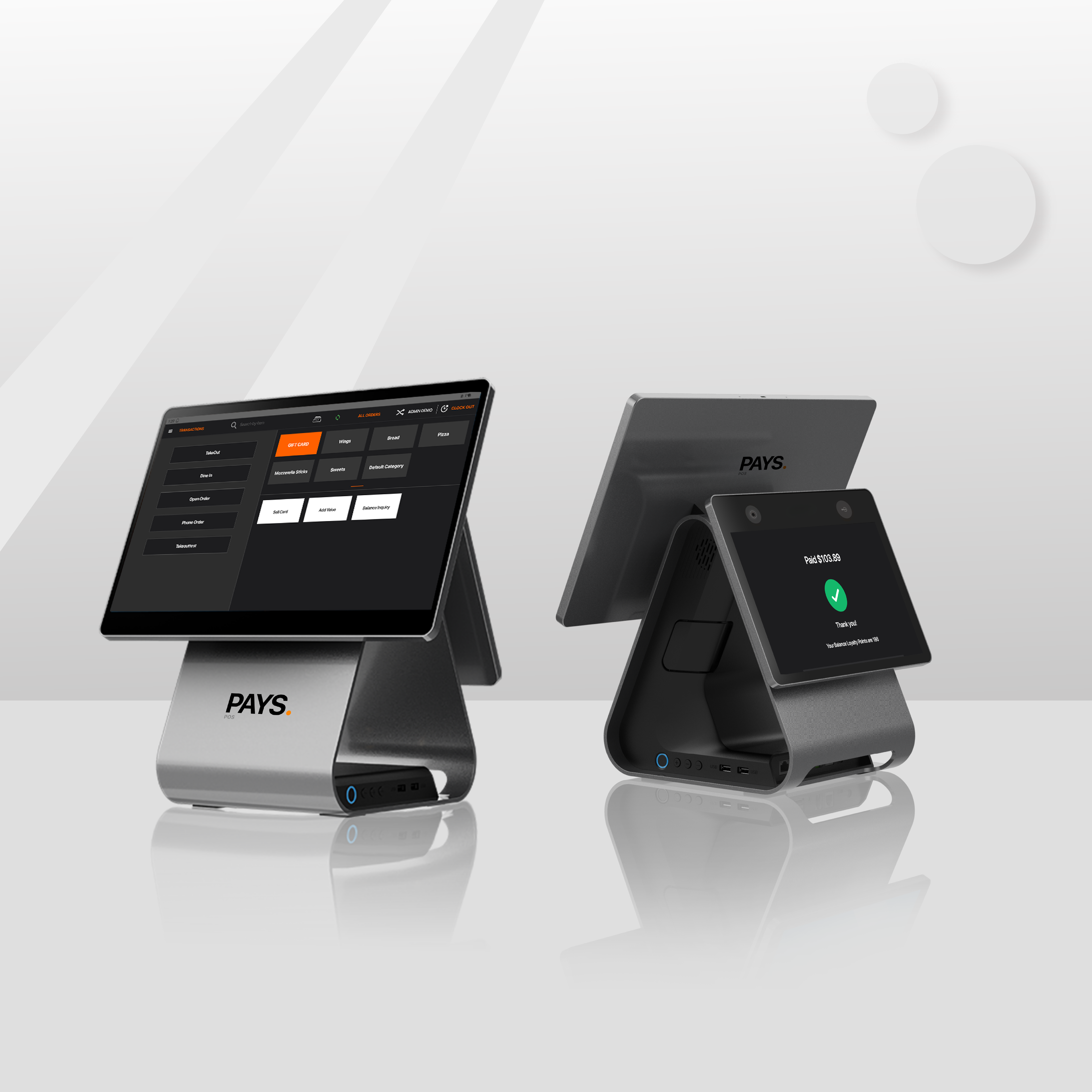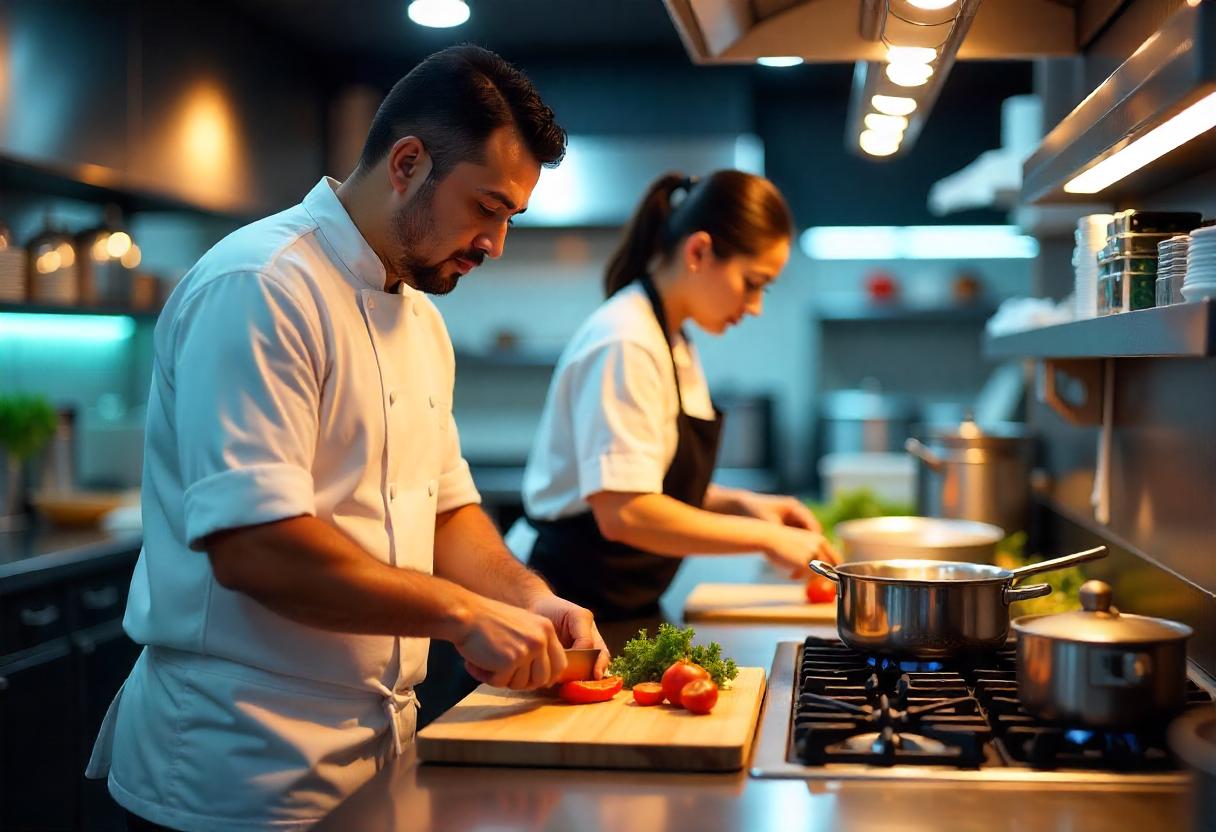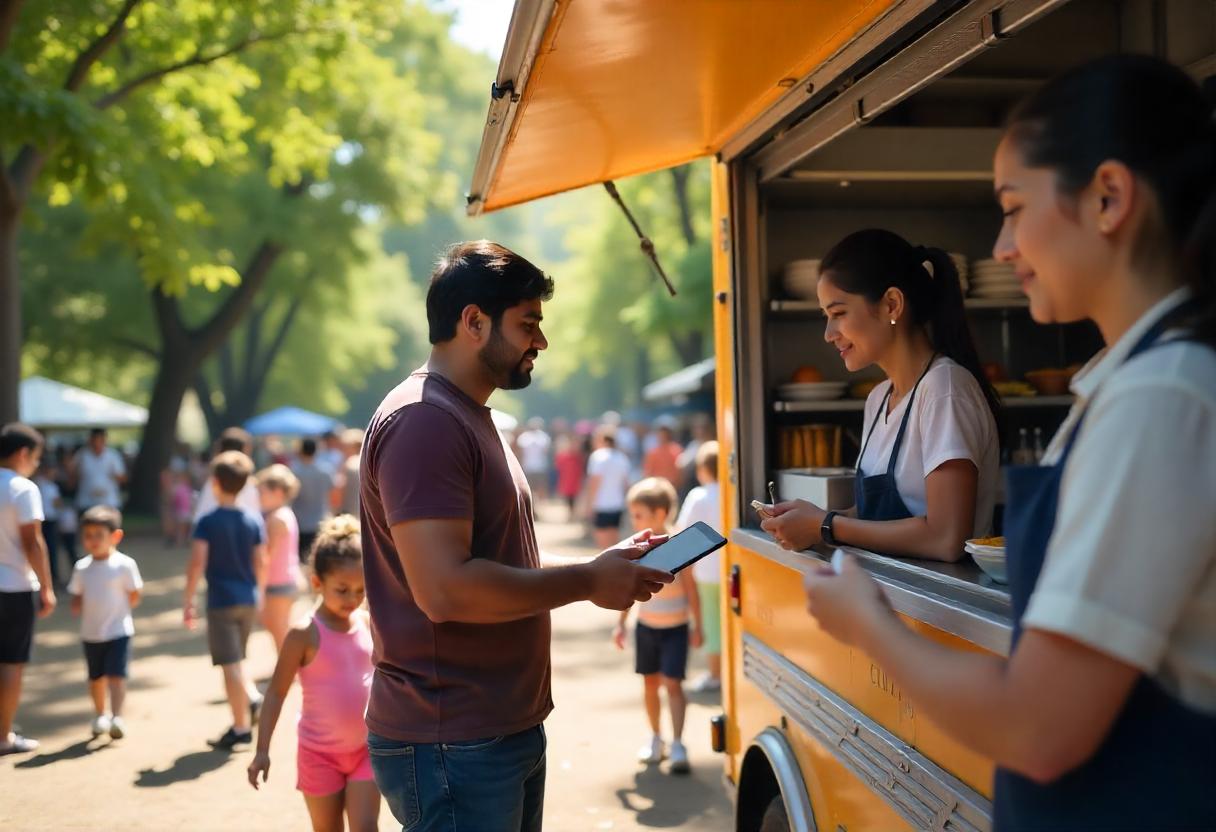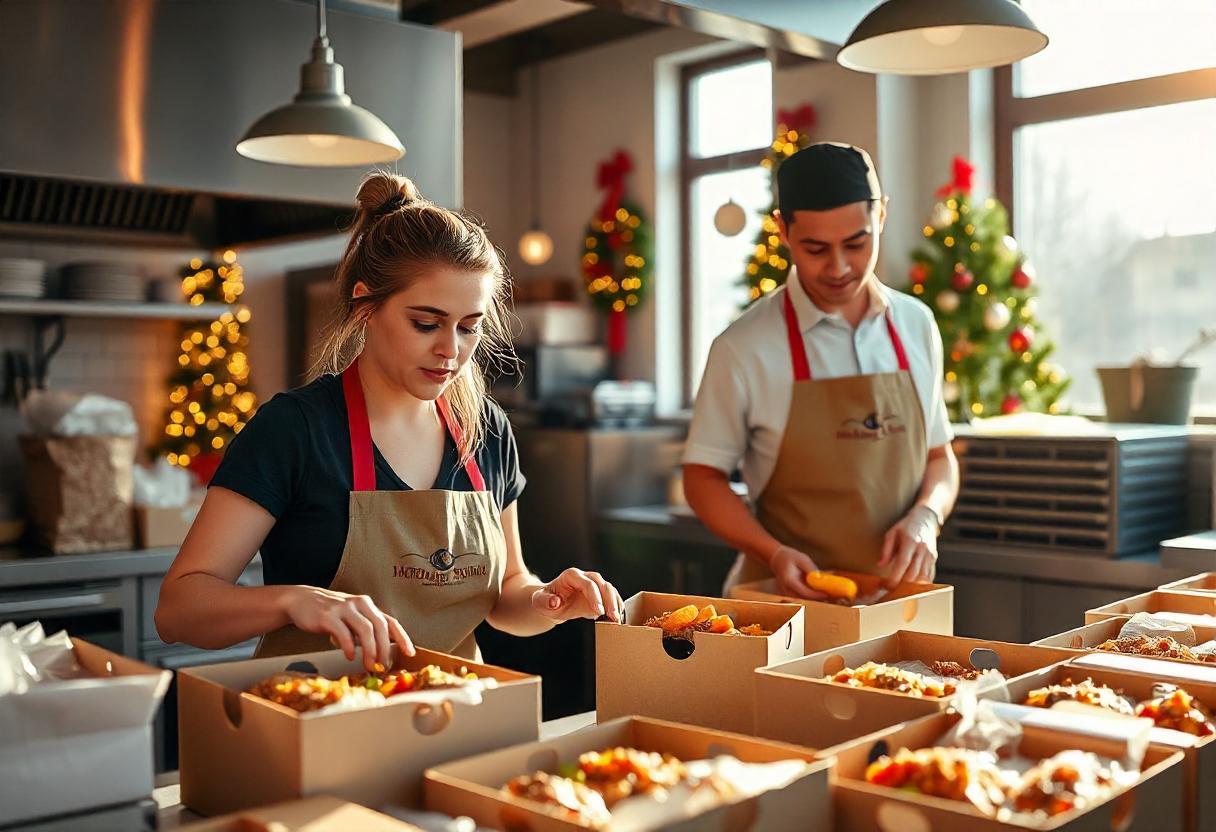The biggest problem in the restaurant industry is food waste. Every year, restaurants lose thousands of dollars in terms of expired ingredients, over-prepared meals, and inefficient inventory management. Throwing away food does not just mean throwing away ingredients; it also means wasting money, labor, and resources.
In the United States, for example, restaurants waste approximately $162 billion worth of food. This goes beyond affecting restaurant revenues, as this also directly contributes to environmental problems, as food waste fills half of landfills and contributes to greenhouse gases.
The good news is that reducing food waste is easier than ever with the right technology. A smart POS system like PAYS POS can help restaurants track inventory in real-time, optimize portion sizes, reduce over-purchasing, and improve menu efficiency.

This guide explores:
- The financial and environmental costs of food waste
- The most common causes of food waste in restaurants
- How PAYS POS can help reduce waste and increase profits
- Simple steps to reduce food waste and save more
- To cut down on the cost of food, increase profitability, and save the environment at the same time, this report is for you.
The True Cost of Food Waste in Restaurants and How to Reduce It
Food waste in restaurants does not only raises environmental concerns, but it is also a major loss to companies. Consider the statistics in the following industry:
- 10% of all restaurant food is wasted even before it ever hits the diner’s plate.
- Food waste constitutes a part of 28-35% of any restaurant’s total revenue, hence directly affecting the profit margins.
- The average restaurant loses up to 25,000 to 75,000 pounds of food every year due to wastage.
- Food waste does not come only with a cost for ingredients but also comprises personnel expense costs in order to prepare, store, and ultimately discard unused items. It also entails solid waste disposal costs which are considerable in high-traffic restaurants.
The best way to increase profitability in a restaurant is through the reduction of food waste. A few percentage decreases in waste can result in thousands of dollars saved annually.
Common Causes of Food Waste in Restaurants
Awareness of what causes food wastage is a step toward correcting the problem. The most prevalent reasons restaurants fight with food waste include:
1. Over-Purchasing Ingredients
This mostly results from poor tracking in inventory and miscalculated sales forecasts. The restaurants thus end up buying more ingredients than they need, causing spoilage. Most restaurants will end up wasting food because they tend to overstock on perishable items due to not knowing the precise quantity of every ingredient required.
2. Poor Inventory Management
In restaurants, without real-time inventory tracking, it becomes impossible to monitor usage of ingredients and when they expire. Most kitchens still rely on manual inventory counts, which are very time-consuming and have room for errors, causing food to spoil before its use.

3. Large Portion Sizes
Oversized portions result in leftover food on customer plates, essentially money that restaurants are throwing away. Customers do not finish large meals; without control over portion sizes, food waste quickly piles up.
4. Communication Breakdown in the Kitchen
Miscommunication between servers and kitchen staff can lead to incorrect orders that have to be discarded and remade. If modifications and dietary restrictions are not communicated, restaurants will prepare meals incorrectly and have to start over.
5. Inefficient Menu Planning
If a restaurant has too many items on its menu that don’t sell, ingredients bought for those dishes are wasted. It is hard to know which menu items are profitable without data insights about menu performance.
By solving these problems, restaurants can cut costs, reduce waste, and improve profitability.
How PAYS POS Helps Reduce Food Waste and Increase Profits
A smart POS system such as PAYS POS provides the restaurant owner with tools to track, manage, and reduce food waste. Here is how it works:
1. Real-Time Inventory Tracking
Many restaurants struggle with managing ingredient levels, leading to unnecessary waste. PAYS POS tracks inventory in real-time, automatically adjusting stock levels as ingredients are used.
- With real-time inventory tracking, restaurant owners can:
- Monitor ingredient usage to prevent over-purchasing.
- Set up low-stock alerts to reorder ingredients only when needed.
- Track expiration dates to use perishable items before they spoil.
- By ensuring that inventory is used efficiently, restaurants reduce spoilage and lower food costs.
2. Smart Order Forecasting
One of the biggest reasons for food waste is misjudging demand. Restaurants often over-order ingredients without knowing how much food they will actually sell.
PAYS POS uses historical sales data and real-time order trends to predict exactly how much of each ingredient is needed. This helps restaurants:
- Order ingredients based on real demand, reducing excess stock.
- Plan menus and promotions around high-demand items.
- Adjust purchasing decisions based on past sales trends.
- With better forecasting, restaurants reduce overstocking and food waste while increasing profitability.
3. Portion Control and Standardization
Without portion control, food waste adds up quickly. PAYS POS allows restaurants to set standardized portion sizes, ensuring that chefs and kitchen staff use consistent ingredient measurements for every dish.
Benefits of portion control include:
- Lower ingredient costs by avoiding unnecessary overuse.
- Improved consistency in taste and presentation.
- Reduced plate waste, as customers receive appropriately sized portions.
- By optimizing portion sizes, restaurants maximize every ingredient’s value and minimize unnecessary waste.

4. Fluid Communication Between the Front and Back of the House
When orders are misspoken, food goes bad. PAYS POS integrates with Kitchen Display Systems (KDS) so that:
- Orders are transmitted instantaneously to the kitchen, thus reducing errors.
- Customizations and dietary restrictions are clearly marked for chefs to know.
- Tracking of orders ensures the food is done right the first time.
- This reduces order errors and minimizes wasted ingredients for a more efficient and profitable kitchen.
5. Menu Performance Analysis
Not all menu items contribute equally to a restaurant’s profitability. Some dishes generate excessive waste due to low sales or high ingredient costs.
PAYS POS provides detailed analytics on menu performance, helping restaurants:
- Identify high-waste items and adjust menus accordingly.
- Remove low-selling dishes to optimize ingredient usage.
- Create seasonal or limited-time menus based on demand trends.
- By optimizing the menu, restaurants can reduce unnecessary waste, improve food cost control, and increase overall profits.
Practical Strategies to Reduce Food Waste in Your Restaurant
In addition to using PAYS POS, restaurants can implement other strategies to minimize food waste:
Explore the Future of Contactless Payments in the U.S. Food Industry – Stay Ahead with the Latest Trends! Read More
- First In, First Out (FIFO) Inventory System: Ensure older ingredients are used before newer stock.
- Staff Training: Educate employees on portion control and efficient food handling.
- Offer Half Portions: Give customers smaller portions to reduce plate waste.
- Daily Specials: Use excess inventory to create innovative dishes that reduce waste.
- Partner with Food Banks: Donate unused food to reduce waste while supporting the community.
Conclusion: Reduce Waste, Increase Profits, and Improve Efficiency
Food waste is a significant problem in the restaurant industry, but with smart inventory management, improved portion control, and data-driven forecasting, restaurants can cut costs and increase profits.
The holiday season brings unique challenges. Learn how to manage waste effectively with our guide on 6 Strategies for Food Waste Management During the Holidays.
PAYS POS provides the tools restaurants need to track inventory in real-time, optimize portion sizes, and reduce unnecessary waste. With smarter purchasing decisions and kitchen efficiency, restaurants can maximize every dollar spent on food.
Ready to reduce food waste and improve profitability? Contact PAYS POS today for a free demo and see how it can transform your restaurant operations.




